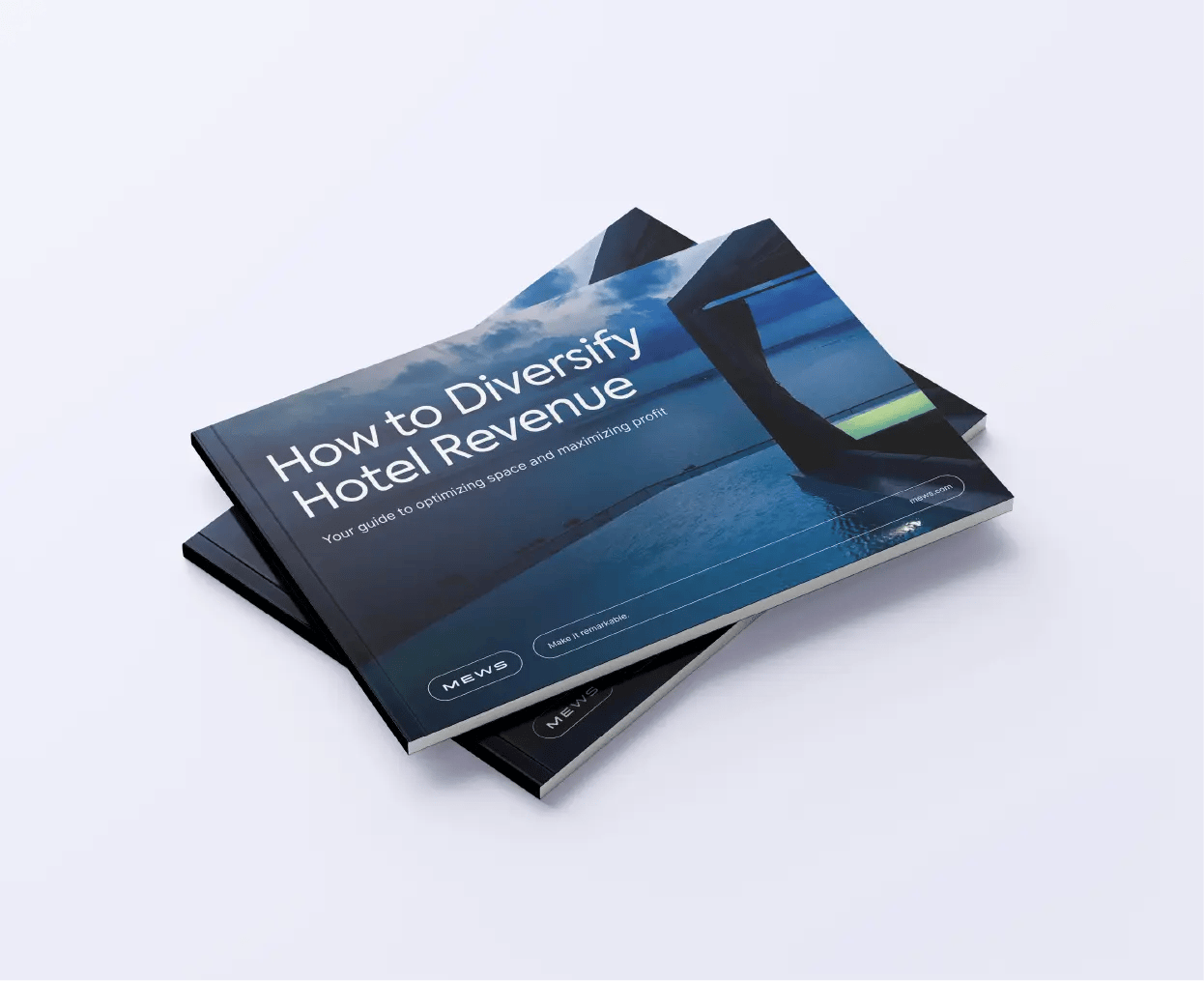Running a hotel is all about finding that sweet spot where your guests feel like they’re getting a great deal, and you’re boosting your revenue at the same time. That’s where having a smart approach to setting rack rates comes in. By establishing clear strategies, you can ensure your rates are competitive, attract the right guests, and keep them happy with what they’re paying.
In this article, we'll dive into what rack rates are, why they matter, and share some top strategies to help you seamlessly integrate them into your pricing structure. Whether you’re a seasoned revenue manager or just looking to fine-tune your approach, these tips will help you optimize your revenue with confidence.
Table of contents
What are rack rates in hotels?
Rack rates are essentially the starting point for a hotel room’s pricing — think of it as the highest price before any discounts or special promotions kick in. Sometimes you'll hear it called the walk-in rate or retail rate. This is the baseline from which you begin any rate negotiations or apply discounts.
Now, this base rate doesn’t adjust for things like market conditions, seasonal trends or loyalty programs. The idea is that it’s been carefully calculated to cover your fixed costs, hit your desired margins and stay competitive with similar hotels in your area.

Why are hotel rack rates important?
Rack rates play a crucial role in positioning your hotel within a specific price range, which in turn helps shape how guests perceive your hotel’s value. For instance, if your hotel is a four-star property near the beach, your pricing won’t be as high as a five star, but it will likely be significantly more than a hostel located in the same area.
These rates also ensure that your pricing remains transparent and consistent across all your distribution channels, serving as the starting point for applying discounts and negotiating with your channels. The key is to stay competitive without undervaluing your offerings. With the right rack rates, you can keep your occupancy high throughout the year while maintaining the value of your services.
How to establish your hotel rack rates?
Hotel rack rates can be determined with rate management software by the revenue manager or revenue management team, or the hotel manager depending on how your hotel is structured. When setting rack rates, there are many factors to consider, like how similar rates have performed in the past and what other hotels in your competitive set are charging.
These rates are usually set with specific revenue goals in mind, whether it’s boosting profit or increasing the average daily revenue. To nail down the perfect rate, it’s essential to start with a thorough market analysis, followed by a deep dive into what your competitors are doing. Then, you’ll want to look at your costs, define your pricing strategy, and highlight what makes your hotel special.
These rates are often based on revenue goals like improving profit or boosting the average daily revenue. The rates can be determined to help positively influence one of these factors. To establish the ideal rate, it’s crucial to start with a market analysis, then follow up with a competitor and cost analysis, and determine your pricing strategy based on your hotel’s unique value proposition and selling points.
Once you’ve established your rates, your Hotel PMS (Property Management System) helps you manage everything—from group and event rates to distribution channels. The key is to continuously monitor and adjust your rates, using technology to fine-tune your strategies and better predict what lies ahead.
10 best hotel rack rate strategies
Now that we’ve got a solid understanding of rack rates, let’s look at some winning strategies to help you boost revenue and keep your hotel profitable all year round.
Optimize your digital marketing and online presence
Both search engine optimization (SEO) and search engine marketing (SEM) are powerful tools to boost your online visibility and attract direct bookings, helping you maximize revenue per night and get the most from each guest. Social media campaigns are another great way to promote exclusive packages and special offers available only when booking directly. This strategy encourages guests to use your hotel’s booking engine rather than going through a distribution channel, keeping more revenue in your pocket.
Forecast wisely
It's essential to stay informed about what's happening in your hotel's area—whether it's a big concert, a special convention, or a major conference. This awareness allows you to adjust your rates with confidence, increasing them when demand is high without risking a drop in occupancy. During these peak times, you can set higher rack rates, giving you the flexibility to offer group discounts while still protecting your overall revenue.
Rely on historical data
Historical data is a great tool for helping you to accurately set your rack rate, namely because you can compare how your revenue performed when it was set at a certain price. You can also analyze occupancy, ADR, RevPAR, and occupancy to optimize your rates effectively.

Practice bundling
There’s a reason Ryanair presents a long list of offers before you finalize your booking. It’s a clever strategy that creates the feeling of getting a better deal. You can use this same approach with rack rates by offering optional add-ons, which can boost your revenue and enhance the guest experience.
Know your comp set like the back of your hand
To stay competitive, make sure your rates are on par with similar hotels in your area. During the low season, keep a close watch on your comp set’s pricing strategies so you can adjust your rates to match or outperform them.
Be realistic about your perceived value
If you are perceived by the market as a luxury hotel, you can justify higher rack rates not only by offering top amenities but also by providing exceptional service to match the high price. However, if your installations are old and in desperate need of a remodel, it’s important to be honest with yourself and ensure your rack rate reflects this.
Brand loyalty programs
Use brand loyalty programs to encourage repeat bookings and display the member rate online. This tactic not only rewards loyal guests but also entices potential new members to join for a better deal.
Ensure rate parity
Ensure that booking channels, social media tools, your property’s website, PMS, and revenue management systems all display the same price. Consistency in published rates helps maintain your brand’s reputation and avoids confusion.
Find ways to enhance the guest experience
When you have a high rack rate, it's crucial to offer personalized services and unique experiences that enhance your hotel's perceived value. This approach makes guests more willing to pay the higher rates.
Use length of stay and advanced purchase in your favor
You can offer discounts for guests who stay for extended periods or book far in advance. Consider using a rack rate that has historically been beneficial, so even if the rate drops in the future, you have already locked in the old rate by making advance purchase stays non-refundable. This approach also helps secure revenue ahead of time and improve cash flow.
Conclusion
We’ve covered everything you need to implement and manage rack rates successfully. By closely monitoring your competition and market conditions, you can determine a rack rate that aligns with your value proposition. When guests feel they’re paying a fair price for your hotel, they’ll be satisfied, and your hotel will benefit from a positive impact on the bottom line.
Download our guide How to Diversify Hotel Revenue


2026 Hospitality Industry Outlook
Download now
Table of contents
Hospitality hot takes straight to your inbox



.webp)
